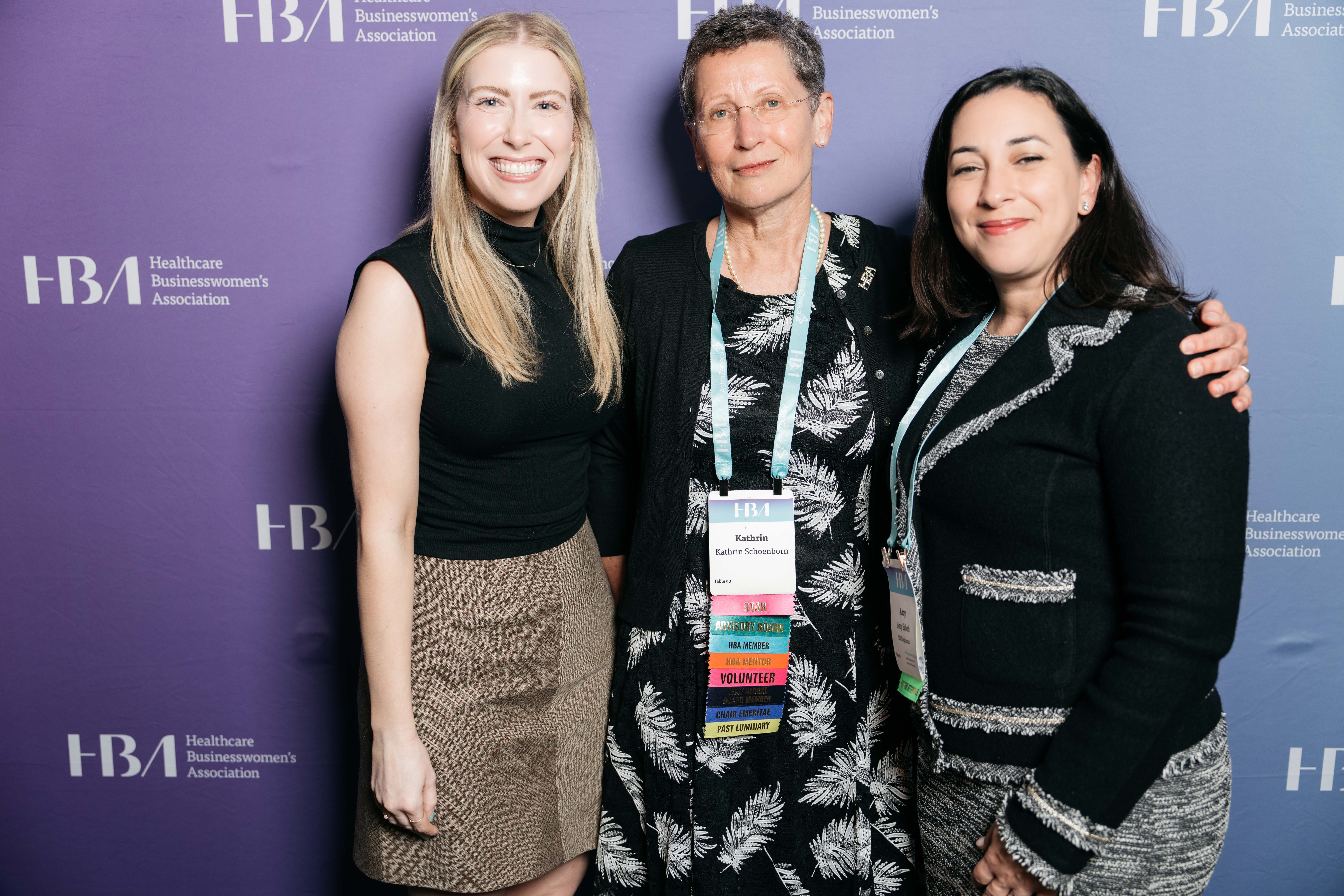Leading with Heritage: William’s KBI
When William Herman Guerrero, Senior Manager of IT Manufacturing Execution Systems (MES) at KBI Biopharma, reflects on his career journey, his...
November is Native American Heritage Month.
Before diving in, we would like to give special thanks to today's blog author, Lindsay Nikolaeff, as well as contributing author, Cheryl Broadway. Cheryl is a member of the Meherrin Indian Tribe, a state-recognized tribe in North Carolina. Lindsay is a member of REACH (Representation, Education, Advocacy, Community, and Hope), an employee resource group (ERG) which is made up of cross-functional teammates from across the JSR Life Sciences network. Together, Lindsay and Cheryl created this post to share a number of resources for our teams to learn from, engage with, and get involved in local celebrations.
“This month is a time to celebrate rich and diverse cultures, traditions, and histories and to acknowledge the important contributions of Native people. Heritage Month is also an opportune time to educate the public about tribes, to raise a general awareness about the unique challenges Native people have faced both historically and, in the present, and how tribal citizens have worked to conquer these challenges.” You can read more from the National Congress of American Indians here.
Below are a few ways you can continue to participate in National Native American Heritage Month:
Throughout the month, the Smithsonian will be putting on educational events free to the public. On November 16th there will be an online artist conversation with Geo Neptune and Lily Hope. You can register for the event here. Then, from November 17th to November 24th there will be an online Native Cinema Showcase. For more information on accessing these films, you can go here.

Image courtesy of the National Museum of the American Indian
If you are local to North Carolina or Colorado, there are in-person events you can join. For North Carolina be sure to check out the 28th Annual American Indian Heritage Celebration taking place on Saturday, November 18th. In Colorado, there is an Indigenous Arts Market and Festival taking place at the Dairy Arts Center in Boulder. The arts festival will be taking place on November 4th and 5th.
 Image courtesy of the North Carolina Museum of History
Image courtesy of the North Carolina Museum of History
Learn about the Tribal land you are living on right now and about the land our sites are on. One way to discover the Tribal territory you reside in is to enter your zip code in the Native Lands interactive map and read about their unique culture and traditions.
Take some time to read up on or watch current events. You can check out any of the following sources or contribute additional articles and/or videos to conversations with friends, family, or teammates.

Image courtesy of Native Land Digital
Native News Online delivers important daily news that affects the lives of Native Americans nationwide. Founded in 2011, Native News Online reaches millions of Native and non-Native readers annually including American Indians, Alaska Natives, Native Hawaiians, and others interested in Native American concerns.
Publisher and Editor Levi Rickert is an award-winning American Indian journalist and tribal citizen of the Prairie Band Potawatomi Nation. As editor of one of the most-read daily American Indian news publications, Rickert has covered important events that affect Indian Country, including White House tribal nations conferences, Congressional hearings, missing and murdered Indigenous women, and the Standing Rock resistance to the Dakota Access Pipeline. Native News Online remains focused on generating work that furthers its mission of improving the lives of Indigenous people.
You can visit the site here.
NPR has coverage of interesting events surrounding Indigenous people. For example, they recently released an article (also in video form) titled "An Indigenous lacrosse team reclaims its native identity".
As you explore the site, you can also find additional recordings of Indigenous nations still feel the devastating effects of bison's near extinction, An American Secret: The Untold Story Of Native American Enslavement, and Extreme heat is a problem for Native Americans in the Southwest.

If you would like more historical context on the hardships Native Americans faced, watch the film “Killers of the Flower Moon”, released this month. This film details the brutal murders of members of the Osage Tribe of Oklahoma. This is a film that the Osage Nation both supported and advised in the making.
As you're watching the film, we ask you to think about the following prompts:
The discovery of oil on Osage land is described as a “cursed blessing.” How do you think it’s a blessing, and how is it a curse?
What are a few key takeaways from the film?
What do you think these murders say about America's history with indigenous people?
Photo courtesy of Paramount Pictures
Eric Hernandez is a renowned Native American hoop dancer who has dedicated his life to breaking stereotypes and embracing his cultural identity. Eric shares his journey of overcoming fear and the pressure to conform by showcasing his hoop dance, a traditional healing ceremony. Through mesmerizing demonstrations, he challenges misconceptions and invites the audience to celebrate diversity and embrace their own unique identities.
Native American teen activist 17-year-old Daunnette Moniz-Reyome shares her family's journey to retain the sacred rituals and values of their culture in the wake of centuries of loss due to disease, war, and government policies. The effects of this cultural and physical devastation continue to reverberate through the lives of today's Native Americans, especially young people, who grapple with oppression, poverty, and racism.
Daunnette is a member of the Winnebago Ho-Chunk tribe of Nebraska and a senior at Walthill Public School, on the Omaha Reservation where she lives. Daunnette documents life for herself, her family, and her friends as they attempt to juggle modern society and Native American values and rituals. The film illuminates how Native youth can use their culture and traditions to heal from historical trauma.
Read about The Sky Dome and reflect on what you have learned or other resources you have found. To get you started, here is a description of this symbol from the Societies and Territories website:
"The design is made with superimposed semi-circles, representing the three levels of the Iroquois cosmos: the Celestial world, our world, and the world of darkness. The two volutes (spiral curls) symbolize either the Celestial tree or the life-long struggle between good and evil (represented by the twins) that we all have within ourselves."
As we engage in celebrations throughout the month, remember to be respectful and mindful of the community and do not engage in cultural appropriation. You can find tips for respectful engagement here.

Image courtesy of The Indigenous Values Initiative
KBI Biopharma does not have an official affiliation with the organizations, events, or producers of the resources shared in this post.

When William Herman Guerrero, Senior Manager of IT Manufacturing Execution Systems (MES) at KBI Biopharma, reflects on his career journey, his...

Jacob Murphy, a Manufacturing Assistant at KBI Biopharma, is set to be celebrated at an upcoming event hosted by the North Carolina Biotechnology...

A Conversation with HBA 2024 STAR, Dr. Kathrin Schoenborn, Chair Emerita of HBA EuropeWith a commitment to achieving gender equity in leadership...